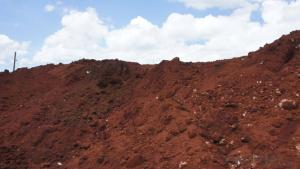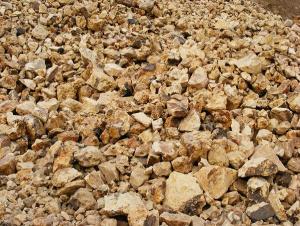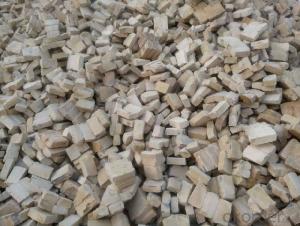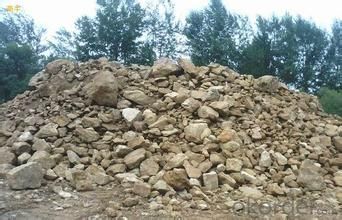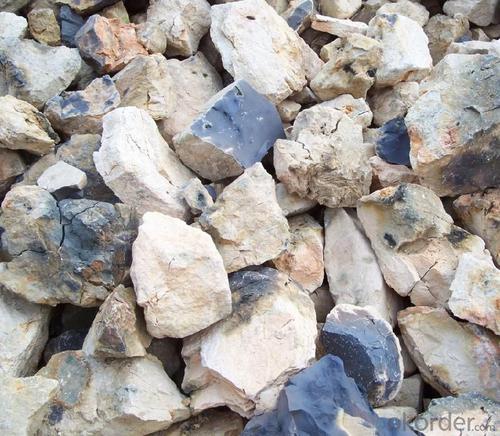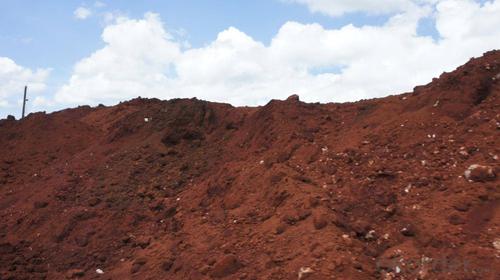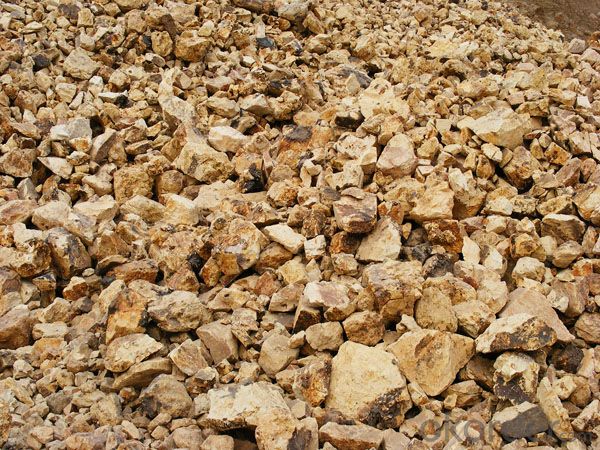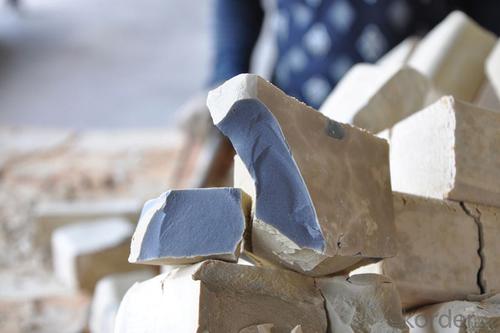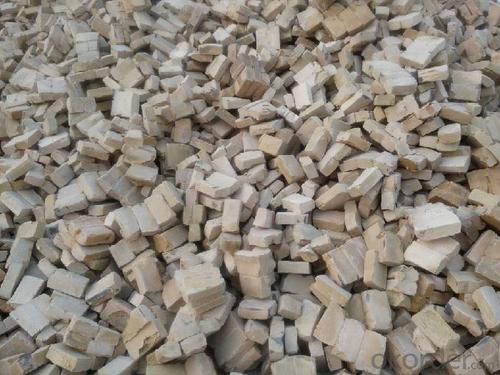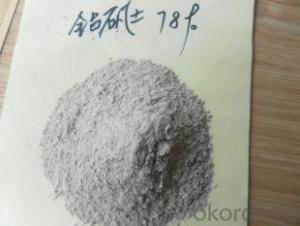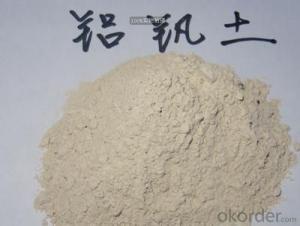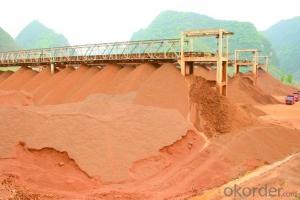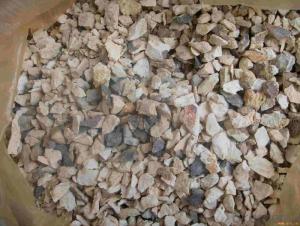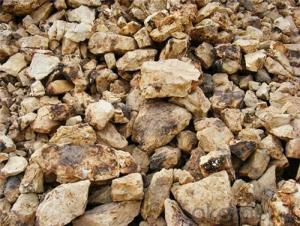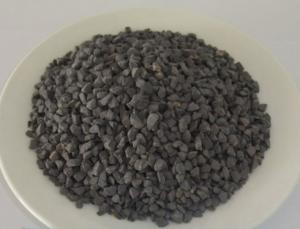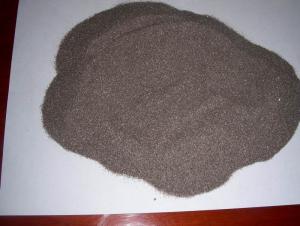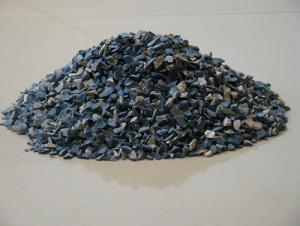High Alumina Raw Materials for Refractory (Corundum from Bauxite) by CNBM in China
- Loading Port:
- Tianjin
- Payment Terms:
- TT OR LC
- Min Order Qty:
- 11 m.t.
- Supply Capability:
- 10000000 m.t./month
OKorder Service Pledge
OKorder Financial Service
You Might Also Like
1.Structure of Calcined Bauxite Description
There are several different models of calcined bauxite,we own have three bauxite quarry,and can produce 5000 tons bauxite per month.
The price of calcined bauxite based on the quantity and the type, pls kindly go through the following presentation,and just tell me which type you want to buy, what is the application and how many, then we can quote you correctly!
2.Main Features of the Calcined Bauxite
Calcined bauxite is one of the principal ore of aluminum. Calcined bauxite contains hydrous aluminum oxides and aluminum
hydroxides, formed through the laterization of aluminous rocks in tropical and subtropical areas .Calcined bauxite is obtained by calcining (heating)superior grade bauxite at high temperature (from 85OC to 1600C) .This removes moisture there. By increasing the alumina content,compared to an alumina content of about 57%to 58% in raw bauxite, calcined bauxite has an alumina content of 84%to88%.The heating is carried out in rotary kilns.
3.Main usage of the Calcined Bauxite
Bauxite is widely apply to refractories, aluminum silicate refractory fiber, precision casting, alumina smelting industry,bauxite cement,construction materials, etc.
4. Calcined Bauxite Images

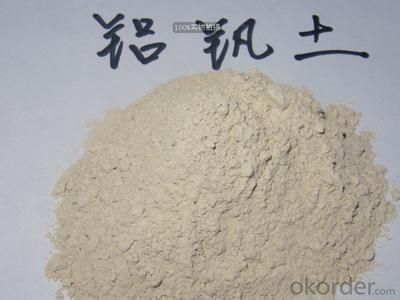
5. Calcined Bauxite Specification
| Compostion Model | Al2O3 | TiO2 | SiO2 | Fe2O3 | Size |
| 1 | 98% Min. | 1.5% Max. | 0.8% Max. | 0.3% Max. | 0-50mm; 0-1/1-3/3-5/5-8mm |
| 2 | 96% Min. | 200F |
6.FAQ of Calcined Bauxite
1). Q: Are you a factory or trading company?
A: We are a factory.
2). Q: Where is your factory located? How can I visit there?
A: Our factory is located in ShanXi, HeNan, China. You are warmly welcomed to visit us!
3). Q: How can I get some samples?
A: Please connect me for samples
4). Q: Can the price be cheaper?
A: Of course, you will be offered a good discount for big amount.
- Q: What are the fire endurance requirements of class A fire resistant door ?
- Hardwares are professional fire resistant lock, fireproof?door closer, fire hinge, handle, latch and sequencer, and they can also be configured according to user needs. Fire resistant time of class A and B fire resitant door is 12h and 09h respectively. It can also be customized according to customer needs into a variety of non-standard specifications. Steel fire door is developed in accordance with the national standard GB12955-2008, and in line with ISO3008, BS476 standards. Requirement: fire endurance should meet the A,B and C fireproof requirements respectively. You can also choose to install hold-open door device to leep the door leaf usually in open. Doorframe and door leaf is made up of imported or domestic quality electrolytic steel plate, electro galvanized steel plate or stainless?steel plate, filled with quality expanded perlite fireproof?panel which can withstand high temperature above 1200 ℃. The surface is processd with electrostatic spraying plastics, and auxiliaries are stainless steel fire resistant lock (or pipe shaft lock ) , galvanization for steel (or stainless?steel) fire hinge, domestic(or imported) door?closer.
- Q: What kinds of fireproof and fire retardant materials are there?
- What kinds of fireproof and fire retardant materials are there? What is the criteria for making fireproof and fire retardant materials?
- Q: I wanna ask that magnesium oxide is refractory?
- Magnesium oxide is used in refractory material, because it has the following characteristics and properties: 1, high stability: Anti-oxidation, anti-reduction, thermal decomposition; 2, high melting point, 2800 degrees; 3, low prices. In particular, the stability and melting point is very good, I hope I can give you help.
- Q: What is acid refractory material?
- In fact, with the content of zirconia refractory multiple theory should also be acid refractory
- Q: Application of refractory materials in petroleum industry
- For example, natural gas transportation, chemicals, equipment, fillers, safety, insulation, and even building materials for housing are available.
- Q: How to distinguish the fire?rating of rubber and plastic thermal insulation material?
- According to GB 8624-2006 "building materials and combustion products classification", the division of the material's combustion performance grade is changed from five levels of level A (homogeneous material), A (composite sandwich material), B1, B2 and B3 to seven levels of A1 , A2, B, C, D, E and F or A1f1, A2f1, Bf1, Cf1, Df1, ef1 and Ff1 or A1L, A2L, BL, CL, DL, EL and FL . The level B1 rubber and plastic fireproof and thermal inuslation matertial is the best, but the most commonly used one is level B2. Hope it will help you.
- Q: What is the function of refractory material?
- Refractory is a basic material in the field of high temperature technology. Generally, the refractory is used as structural material or lining to resist high temperature in various thermal equipment and high temperature container. In the iron and steel industry and metallurgy industry, coke ovens are mainly composed of refractory materials. Various refractories that meet the requirements are essential in blast furnace for ironmaking, hot stove, all kinds of steel-making furnaces, soaking furnace and heating furnace. Not only the die casting for molten steel needs lots of refractory materials, but also the continuous casting needs some high-quality refractory materials. Without high-quality refractory materials, external refining is also not impossible to achieve. Statistics show that the steel industry is the sector that needs the most refractory. Pyrometallurgy and thermal processing of ferrous metal also needs refractories. All high-temperature furnaces or lining in construction materials industry or other high temperature industries that produce silicate products such as glass industry, cement industry, and ceramics industry must be constructed with refractory materials. All kinds of roasting funaces, sintering funaces, heating furnaces, boilers, flues, chimneys and protective layers in chemical, power and machinery manufacturing industry need refractories. In short, when some kind of structures, devices, equipments or vessels are used under high temperature, they all should utilize refractory to resist the high temperature because those materials will deform, soften and fuse or will be eroded, scoured or broken due to the physical, chemical, mechanical effects, which may stop the operation, affect the production, contaminate processed objects and impact the quality of products.
- Q: What a blast furnace refractories generally?
- refractories for blast furnace include carbon brick and silicon-aluminum refractory. BF carbon brick inlcudes half-carbon charcoal bricks, microporous charcoal brick, ultra porous charcoal bricks, graphitic brick and mould pressing charcoal brick. tiles and molded graphite small charcoal bricks. I hope my answers above are helpful to you and your ideal anwers.
- Q: What are the insulation fireproofing materials?
- Insulated shoes, insulated gloves, tape (cloth, plastic, as well as waterproof) yellow wax tube, mouth care, fireproof (ie asbestos cloth is sold by jin) there is pressure-caps black tape, waterproof tape ,casing. There are glass fiber needle felt is widely used in electrical, chemical, construction, transportation, automotive and other industries interlayer insulation and silencer system, and used as an insulating fireproof material.
- Q: What is the concept of lightweight refractory material?
- Lightweight refractory material has high porosity, mechanical strength and erosion resistance. Compared with normal refractory bricks, it is a kind of refractory material with large volume shrinkage in high temperature, low thermal conductivity and small bulk density. It is used as thermal insulation material in industrial furnace and other thermal equipments. It has poor wear resistancel.
Send your message to us
High Alumina Raw Materials for Refractory (Corundum from Bauxite) by CNBM in China
- Loading Port:
- Tianjin
- Payment Terms:
- TT OR LC
- Min Order Qty:
- 11 m.t.
- Supply Capability:
- 10000000 m.t./month
OKorder Service Pledge
OKorder Financial Service
Similar products
Hot products
Hot Searches
Related keywords


